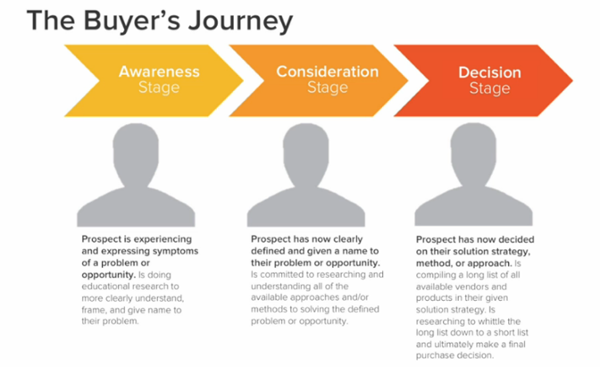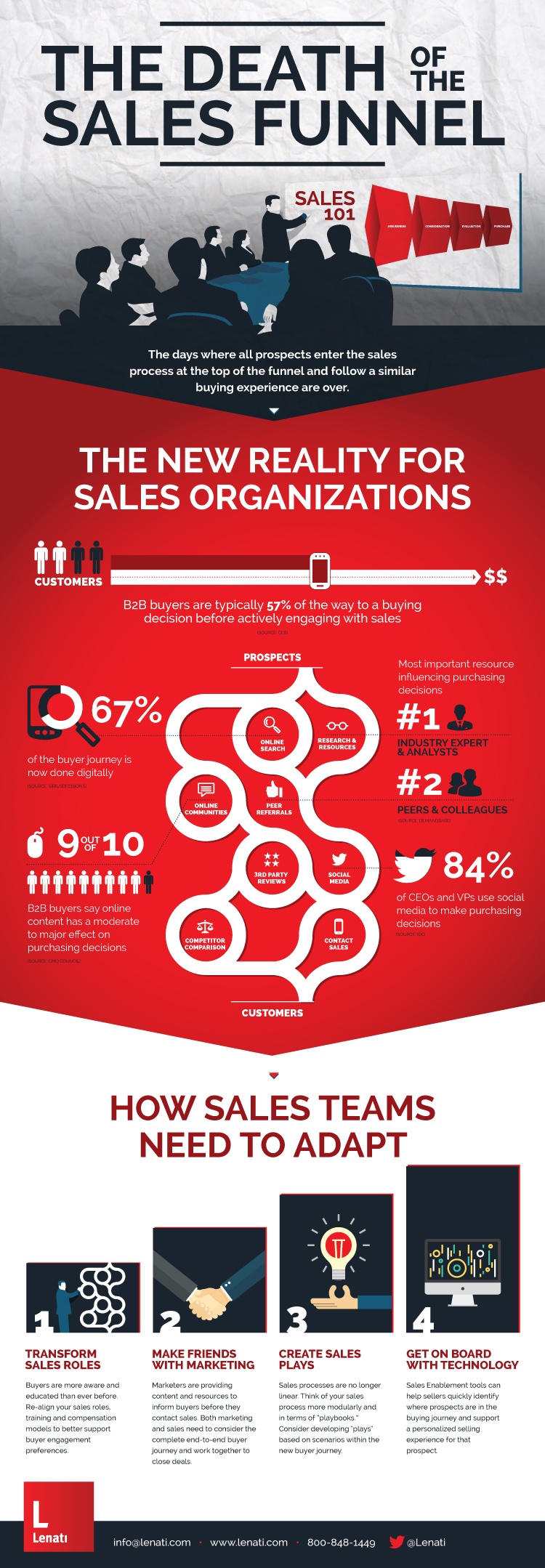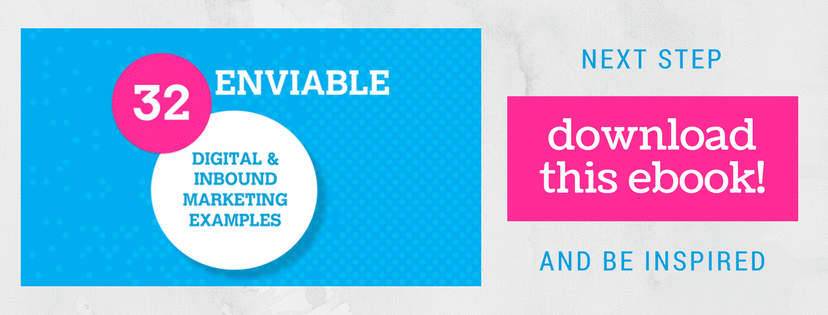It may not be readily apparent to many people but the way that we buy stuff today has changed dramatically in the last 20 years. Ideally, reflect and question how your very own buying habits have changed. And now, consider why?
In my opinion, the biggest change in the buying process is the advent and emergence of the internet. How so?
Is fairly common knowledge these days, that when a person wants to buy or purchase almost any type of goods or service, is that they enter into what marketers name 'The Buyer's Journey'. There are many ways to define the buyer's journey but this is the definition or rationale that resonates with me most. The buyer's journey is the process buyers go through to become aware of, evaluate, and purchase a new product or service.
The Buyer's Journey is broken down into 3 simple stages:
Awareness - the buyer realizes they have a problem.
Consideration - The buyer defines their problem and researches options to solve it.
Decision - The buyer chooses a solution.

How do you define your company’s buyer’s journey?
If you don’t have an intimate understanding of your buyers, conduct a few interviews with customers, prospects, and other salespeople at your company to get a sense of the buying journey. Here are some questions you should ask to put together the buyer’s journey for your company.
During the Awareness stage, buyers identify their challenge or an opportunity they want to pursue. They also decide whether or not the goal or challenge should be a priority.
In order to fully understand the Awareness stage for your buyer, ask yourself:
- How do buyers describe their goals or challenges?
- How do buyers educate themselves on these goals or challenges?
- What are the consequences of inaction by the buyer?
- Are there common misconceptions buyers have about addressing the goal or challenge?
- How do buyers decide whether the goal or challenge should be prioritized?
During the Consideration stage, buyers have clearly defined the goal or challenge and have committed to addressing it. They evaluate the different approaches or methods available to pursue the goal or solve their challenge.
Ask yourself:
- What categories of solutions do buyers investigate?
- How do buyers educate themselves on the various categories?
- How do buyers perceive the pros and cons of each category?
- How do buyers decide which category is right for them?
In the Decision stage, buyers have already decided on a solution category. For example, they could write a pro/con list of specific offerings and then decide on the one that best meets their needs.
Questions you should ask yourself to define the Decision stage are:
- What criteria do buyers use to evaluate the available offerings?
- When buyers investigate your company’s offering, what do they like about it compared to alternatives? What concerns do they have with your offering?
- Who needs to be involved in the decision? For each person involved, how does their perspective on the decision differ?
- Do buyers have expectations around trying the offering before they purchase it?
- Outside of purchasing, do buyers need to make additional preparations, such as implementation plans or training strategies?
The answers to these questions will provide a robust foundation for your buyer’s journey.
What Does The Buyer's Journey Have To Do With Sales?
Sales people are increasingly commenting to me that they are surprised how much product knowledge their customers have about their product prior to actually talking to them. Not only do they have a good working knowledge of a product but typically they have a diverse product knowledge of your competitors products too.
With the modern day capabilities of the smart phone have changed everything. I read this statistic recently:
"70% of of buyers have made a purchasing decision before reaching out to a company to actually purchase"
That statistic is quite staggering.
People that own businesses need to adapt their sales process to reflect this shift of power into the buyer's hands or risk greatly reduced profitability and minimal sales growth.
"50% of sales time is wasted on unproductive prospecting"
In response to this, sales teams need to change their approach and process. The old playbook has changed and we need to look at this from a different perspective. The sales process is a buyer's funnel not a sales process. Sales teams need adapt their process to be involved at an earlier stage of the buyer's journey. Sales teams need to evolve their processes to actually helping people buy and understand that not everyone is an ideal prospect for their product or service offering. And yes, you guessed it, sales and marketing teams need to work together to achieve this closed loop, ongoing process.
Take a look at this infographic from Lenati and see how compnaies are changing thier sales and marketing processes.


.png?width=320&height=132&name=sbf%20powered%20by%20hubshots%20(1).png)

